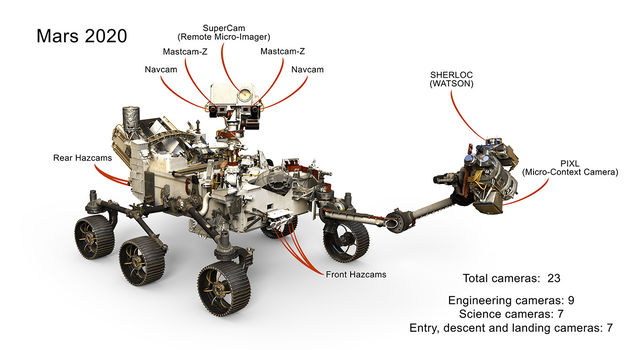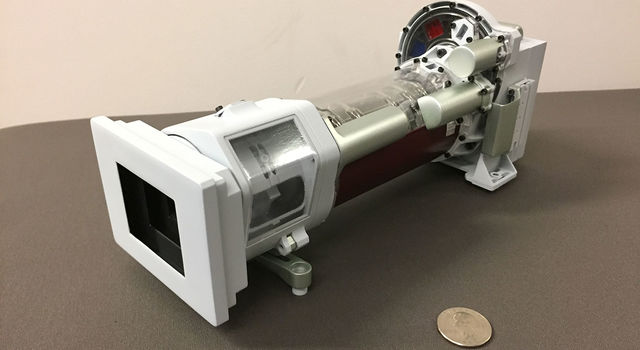Interstate
105 (I-105)
is an Interstate
Highway in southern Los Angeles
County, California that runs east–west from near the Los Angeles
International Airport (LAX) to Norwalk.
It is officially known as the Glenn Anderson Freeway for the Democratic California politician
who advocated its construction. I-105 has also been referred to as the Century
Freeway.
The
Los Angeles
Metro Rail Green Line
runs in the median of nearly the entire length of I-105. The Green Line's
eastern terminus is at Norwalk,
at the interchange between I-105 and I-605; two miles from the western end of
the freeway, the Green Line separates onto its own right-of-way at Aviation Boulevard,
splitting into two branches: one turning south towards Redondo Beach
and one (currently under construction, scheduled to open in 2019) heading north
towards LAX.
Interstate
105 was an integral part of a Caltrans
1960s master plan for the Southern
California freeway system, but did not open until 1993. The
right-of-way was included on several early highway plans since at least 1947,
although it was not named the "Century Freeway" until 1956, and was
numbered Route 42. In 1965, the Century Freeway was added to the state system
originated at State Route 1
The
route was designed between 1968 and 1972, but opposition from some of the
communities through which the right-of-way would pass slowed the process and
led to some reroutings. Many factors contributed to the delay. The growth of
the environmental
movement in the 1960s created resistance to new freeway construction. Fiscal
difficulties brought about by the 1971 Sylmar earthquake and the
California tax revolt
of the late 1970s further hampered Caltrans' construction efforts.
However,
the major source of resistance to the freeway's construction was community opposition and
the side effects of these demands. By the early 1970s, most of the areas in the
freeway's path (and thus slated to be demolished) were predominantly African-American.
Resentment over previous freeway projects' effects on other black communities
resulted in significant modifications to the original route. Most cities along
the way, weary of the noise and visual blight created by elevated freeways,
demanded that the route be built far below grade in a "trench." Also
another source for resistance to the freeway's construction was that much of
the areas along the I-105 path was going to be built in low income, high crime
neighborhoods, which also delayed the freeway's construction until the crime in
the areas went down.
Norwalk,
opposed to the freeway's proposed route through the center of the city, blocked
the route from reaching its intended terminus at the Santa Ana
Freeway; however, Caltrans had already decided to abandon that
section due to the inability of the severely congested Santa Ana to accommodate
any more traffic. The freeway eventually replaced Imperial Hwy State Route
42), which roughly paralleled the freeway.
One the early morning in 1993 (33 years later from drawing board design stage), the Century Freeway was opened, then US Vice President Al Gore announced " Let the rubber meets the asphalt" then suddenly, I heard "Vroom" Cars just started driving on 105 Freeway





